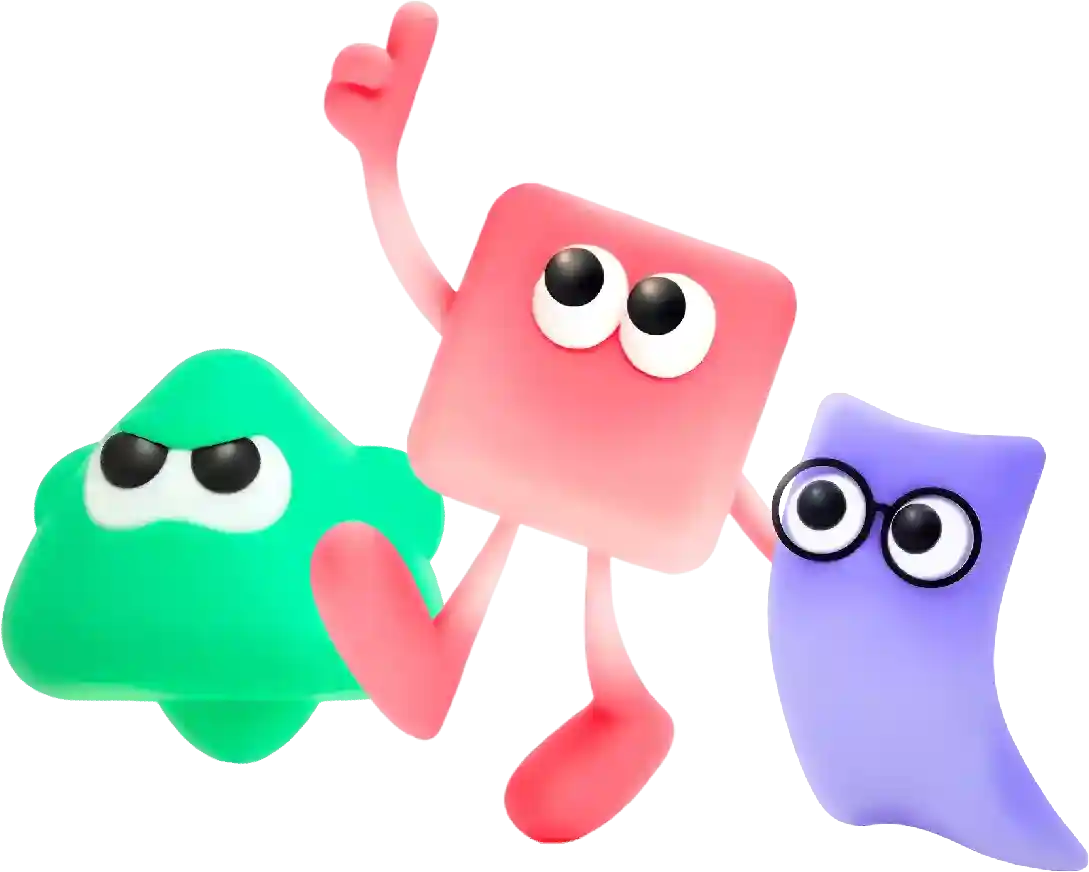Infographics Examples Overview
In today’s world, there is a growing trend towards ethical consumerism, with more and more people looking for products that are cruelty-free and environmentally friendly. This trend has also extended to the world of e-commerce, with many online shoppers now seeking out websites that are certified as being “beast-free.” This term refers to websites that do not sell products that have been tested on animals or that contain animal-derived ingredients.
Infographics Examples : Visualizing data in a visually appealing and easy-to-understand way
In this digital age, data overload is a common problem that many people face. With so much information available at our fingertips, it can be overwhelming to sift through all the data and make sense of it. That’s where infographics come in. Infographics are a visual representation of data, information, or knowledge that is designed to make complex information easy to understand at a glance.
Infographics are a great tool for communicating information in a concise and engaging way. They combine text, images, and design elements to create a visually appealing and informative graphic that can convey a message or tell a story. Whether you’re trying to explain a complex concept, illustrate a process, or showcase data and statistics, infographics are a versatile and effective communication tool.
There are many different types of infographics, each serving a different purpose and using different design elements to convey information. Let’s take a look at some examples of infographics and explore how they can be used to effectively communicate information.
1. Statistical infographics
One of the most common types of infographics is the statistical infographic, which is used to present data and statistics in a visually appealing way. Statistical infographics often use charts, graphs, and diagrams to illustrate trends, patterns, and relationships in data.
For example, a bar chart infographic could be used to compare sales figures for different products over a period of time, while a pie chart infographic could be used to illustrate the market share of different companies in a particular industry. By presenting data in a visual format, statistical infographics make it easier for viewers to understand and interpret complex information.
2. Timeline infographics
Timeline infographics are another popular type of infographic that is often used to illustrate the chronological sequence of events. Timeline infographics typically use a linear layout to show the progression of time, with key events and milestones marked along the timeline.
For example, a timeline infographic could be used to illustrate the history of a company, the evolution of a product, or the timeline of a particular historical event. By visually organizing information in a sequential manner, timeline infographics help viewers understand the context and significance of different events.
3. Process infographics
Process infographics are used to illustrate a sequence of steps or stages in a process. These infographics often use flowcharts, diagrams, or icons to visually represent each step in a process and show how they are interconnected.
For example, a process infographic could be used to illustrate the steps involved in a recipe, a workflow, or a decision-making process. By breaking down complex processes into simple and visually appealing visuals, process infographics help viewers understand the sequence of actions required to achieve a specific outcome.
4. Comparison infographics
Comparison infographics are used to compare two or more items, products, or concepts to highlight similarities and differences. These infographics often use side-by-side comparisons, tables, or charts to illustrate the key points of comparison.
For example, a comparison infographic could be used to compare the features of two competing products, the benefits of different services, or the pros and cons of two different approaches to solving a problem. By presenting information in a clear and concise way, comparison infographics help viewers make informed decisions and understand the relative strengths and weaknesses of different options.
5. Geographic infographics
Geographic infographics use maps, charts, and diagrams to illustrate information related to a specific geographical location. These infographics often include data points, labels, and annotations to provide context and insight into the geographic area being depicted.
For example, a geographic infographic could be used to show population density in different regions, the distribution of natural resources, or the location of specific landmarks and points of interest. By visualizing data in a geographical context, geographic infographics help viewers understand the spatial relationships and patterns of information.
In conclusion, infographics are a powerful and versatile tool for communicating information in a visually appealing and easy-to-understand way. Whether you’re trying to present data, explain a concept, or tell a story, infographics can help you simplify complex information and engage your audience. By using the right design elements and visual techniques, you can create compelling infographics that effectively convey your message and make a lasting impression on viewers.
Conclusion
SEO is a powerful marketing tool that can help improve your website’s visibility in search engine results, drive organic traffic to your website, and increase leads and conversions. By understanding and implementing the basics of SEO, including keyword research, content creation, on-page and off-page optimization, technical SEO, and monitoring and analysis, you can improve your website’s online presence and grow your business. Use this SEO marketing tutorial as a guide to help you navigate the complex world of SEO and achieve success in the digital landscape.

